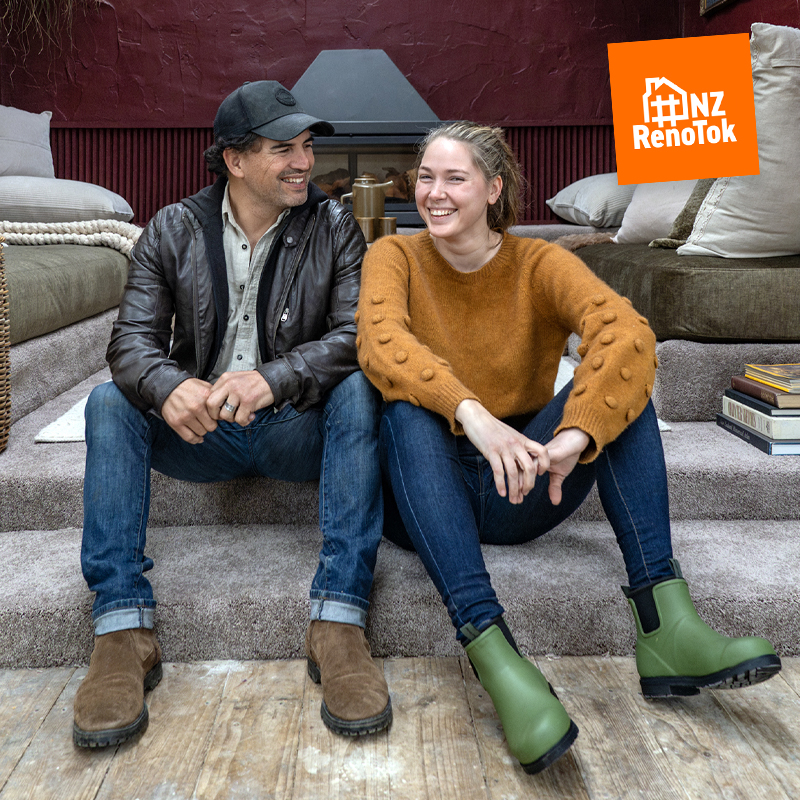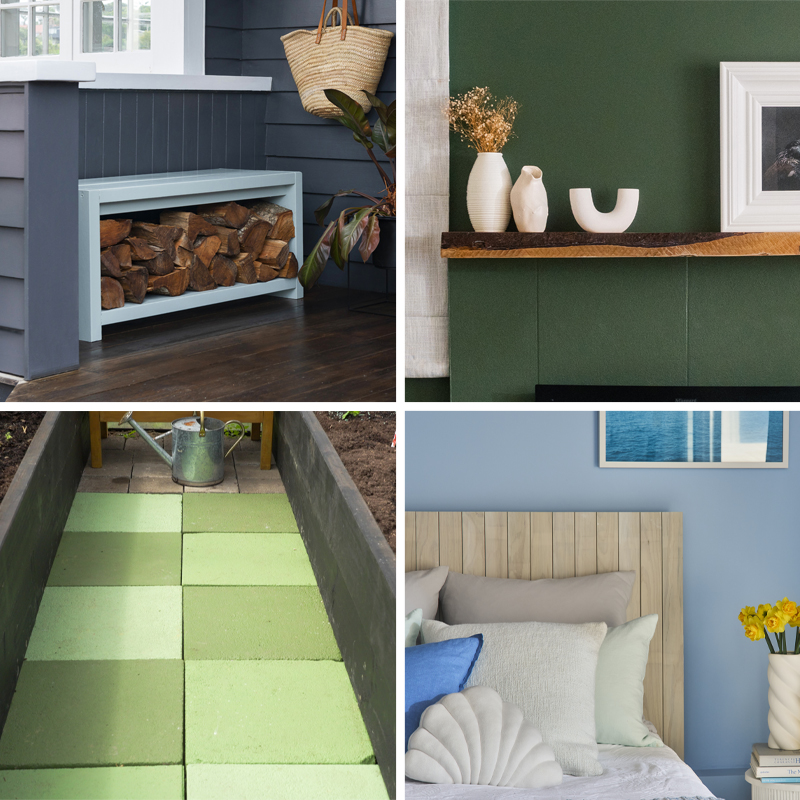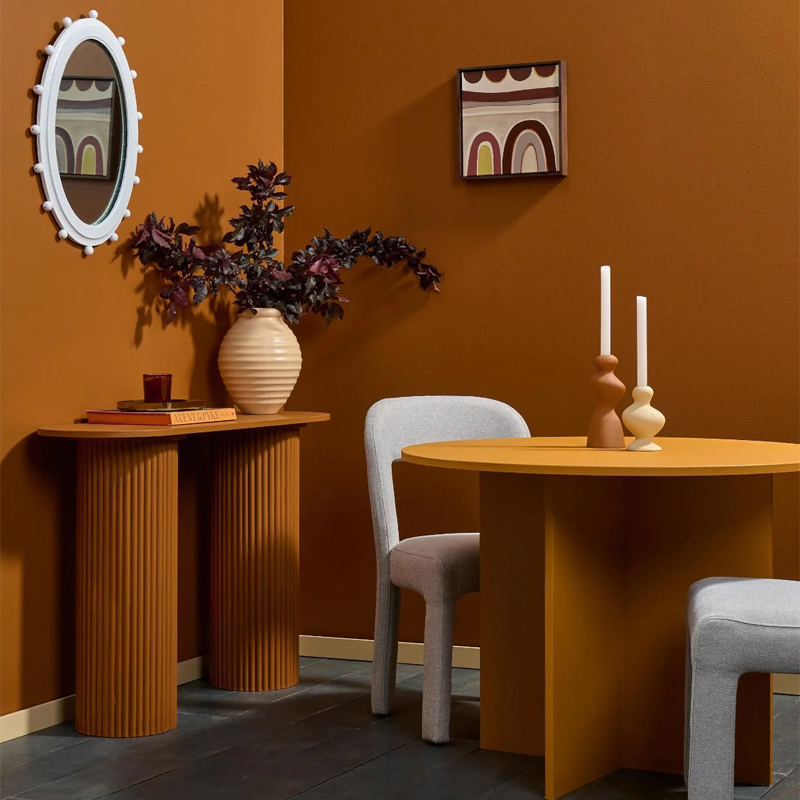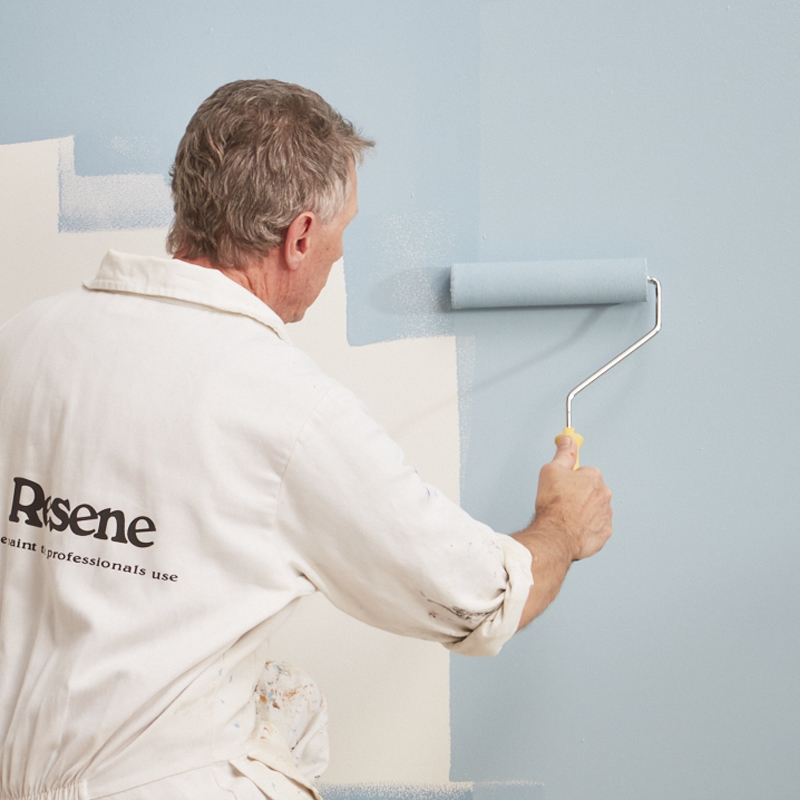Has the novelty of the moody room in your house worn off? If you’re keen to paint over a dark interior wall with a much lighter colour, there are some steps to follow to ensure you get the best result without having to apply multiple coats.
Sand the walls
Resene paint expert Murdo Shaw recommends giving the wall a light sand to start with. “Then it’s really important to apply a coat of primer,” he says.
Apply a basecoat – methodically and thoroughly
The Resene website advises it’s beneficial to apply a white basecoat over very dark colours when changing to a pale colour. Use Resene Quick Dry waterborne primer undercoat over the dark paint – a white primer will help make sure your chosen light paint colour looks how you want it to, with no dark base muting the desired result.
Be methodical and thorough when you apply your basecoat. “Adopt a slow and steady approach to get good, even coverage of the primer,” Murdo says.
Use the right paint roller sleeve
Murdo says it’s also really important to make sure you use the right type of sleeve for your roller. “If you use the old sleeve you’ve got in your shed, it’s not going to put on paint effectively and you might have to apply extra coats.”
It’s also best to avoid microfibre sleeves. “They’re very good at absorbing paint, but they’re not particularly good at releasing paint. So, when you put paint on the wall and lay it off with a microfibre sleeve, what you’re doing is just sucking the paint back off the walls, so you end up with a third of a coat on the wall, which can end up with the shadow of the old paint coming through the new paint. Use a Dacron sleeve instead,” Murdo says. “If you’re in doubt about what kind of paint you need or the best roller sleeve for the job, check with your local Resene ColorShop staff.”
Make the first coat count
After the primer, give the wall a very light sand, then apply your interior Resene paint finish using a roller.
“Remember – your objective here is to change the colour from dark to light – make the first coat count,” Murdo says.
“If you have a blue wall and you want to turn it into a nice, clean colour like Resene Rice Cake, to get the best coverage you’re probably looking at two good coats of paint over the undercoat. The important thing to remember for a dramatic colour change is to not water down your paint,” he adds.
One way to check that you’re applying enough paint is to check the coverage/spreading rate on the label. Most paints cover around 12 square metres a litre. So if your wall is 6 metres by 2 metres, you should use around 1 litre per coat. If you end up only using 500 mL it means you are spreading the paint too thin which will make it harder to get the good even colour finish you’re after.
“Approach the first coat a bit differently from normal painting. You’re actually trying to change colour, so you’re going to put the paint on a little bit thicker. Go slow and steady, put on more paint, lay it off, which is normal from top to bottom, lay it off in sections, and then go back and lay it off again. I would say do your first coat like it’s your last coat. Concentrate on getting as much coverage as possible in your first coat, and invariably, you will find the second coat is absolutely fine.”






